
Filter News
Area of Research
- (-) Clean Energy (78)
- (-) Materials (34)
- Advanced Manufacturing (1)
- Biology and Environment (44)
- Chemistry and Physics at Interfaces (1)
- Data (1)
- Energy Frontier Research Centers (1)
- Functional Materials for Energy (1)
- Fusion and Fission (7)
- Isotope Development and Production (1)
- Isotopes (9)
- Materials Synthesis from Atoms to Systems (1)
- Materials Under Extremes (1)
- National Security (16)
- Neutron Science (8)
- Nuclear Science and Technology (5)
- Renewable Energy (1)
- Sensors and Controls (1)
- Supercomputing (9)
News Type
News Topics
- 3-D Printing/Advanced Manufacturing (10)
- Big Data (1)
- Bioenergy (3)
- Biology (1)
- Biomedical (1)
- Buildings (6)
- Chemical Sciences (2)
- Clean Water (1)
- Climate Change (2)
- Computer Science (1)
- Coronavirus (4)
- Critical Materials (1)
- Cybersecurity (2)
- Decarbonization (8)
- Energy Storage (12)
- Environment (7)
- Fusion (1)
- Grid (6)
- Materials (5)
- Materials Science (7)
- Mathematics (1)
- Mercury (1)
- Microscopy (4)
- Nanotechnology (4)
- National Security (1)
- Net Zero (1)
- Neutron Science (3)
- Nuclear Energy (2)
- Physics (6)
- Polymers (2)
- Quantum Computing (1)
- Security (2)
- Summit (1)
- Sustainable Energy (6)
- Transportation (10)
Media Contacts
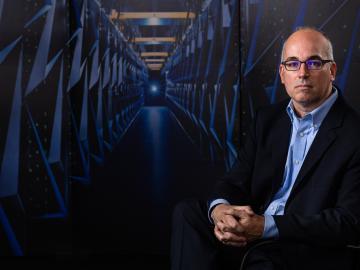
After several years in the private sector exploring the unknown origins of neurodegenerative brain disorders such as Alzheimer’s, Chris Ellis thinks one of the keys to solving the mystery is at Oak Ridge National Laboratory: the world’s most powerful supercomputer.

Liam Collins was drawn to study physics to understand “hidden things” and honed his expertise in microscopy so that he could bring them to light.
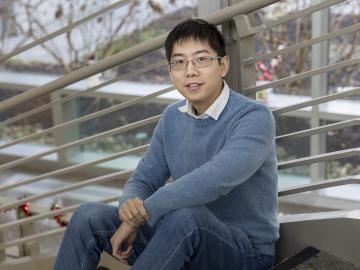
Eugene P. Wigner Fellow Victor Fung’s story is proof that a series of positive experiences around science and happy accidents can lead to a rewarding research career. He joined ORNL in 2019.

While Tsouris’ water research is diverse in scope, its fundamentals are based on basic science principles that remain largely unchanged, particularly in a mature field like chemical engineering.
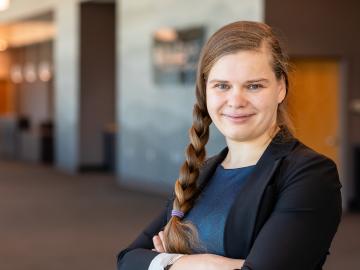
Friederike Bock, a Eugene P. Wigner Fellow, wants everyone to know scientists aren’t just robots—they want to help others understand their research, and they have wide-ranging interests.

Elizabeth Herndon believes in going the distance whether she is preparing to compete in the 2020 Olympic marathon trials or examining how metals move through the environment as a geochemist at the Department of Energy’s Oak Ridge National Laboratory.
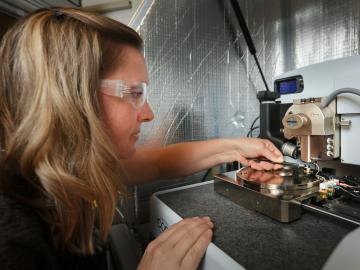
When Nina Balke came to the United States on a Feodor Lynen Fellowship for German scholars, her original plan was to complete a year abroad and return home to native opportunities in materials sciences.

Isabelle Snyder calls faults as she sees them, whether it’s modeling operations for the nation’s power grid or officiating at the US Open Tennis Championships.

Early career scientist Stephanie Galanie has applied her expertise in synthetic biology to a number of challenges in academia and private industry. She’s now bringing her skills in high-throughput bio- and analytical chemistry to accelerate research on feedstock crops as a Liane B. Russell Fellow at Oak Ridge National Laboratory.
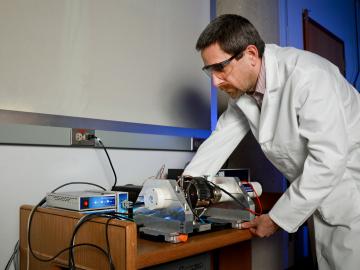
Raphaël Hermann of the Department of Energy’s Oak Ridge National Laboratory conducts experiments to better understand materials for energy and information applications.


